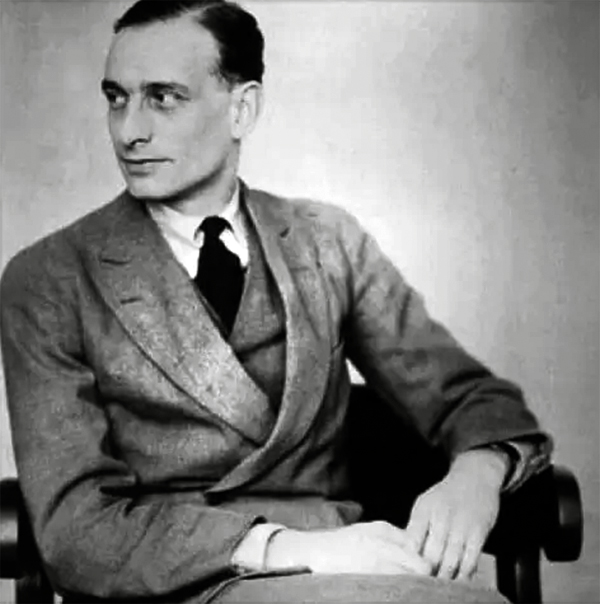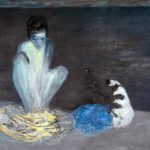
Who is Orhan Peker? (1927-Trabzon – 1978 Istanbul)
Orhan Peker was born on May 27, 1927 in Trabzon. In 1942, he enrolled in Sankt Georg, an Austrian school in Istanbul, where he could learn German. However, with the end of the Second World War, St. George High School was closed. Thereupon, Orhan Peker, who passed the exam of Bedri Rahmi Eyüboğlu workshop, enrolled in the academy. In 1954, he participated in the Erlangen Youth Theater Festival in Germany with his friend from the academy, Avni Dilligil and his group. He goes to Italy and Vienna with Meinecke, and from there to Paris. He gets the opportunity to meet the painter Oscar Kokoschka (1886-1980) and work in his workshop.
Orhan Peker, who went to Munich in 1957, returned to Istanbul in 1959 after staying in Munich for two years. The artist, who went to Ankara in the same year, was very impressed by the yellow steppes of this place and settled in Ankara. After living in Ankara for four years, Peker was nominated and accepted by the General Directorate of Fine Arts for an educational scholarship to be given in Spain in 1963. Thus begins the Spanish period.
In 1966, with the initiatives of the Turkish Contemporary Painters Society, he was elected “Painter of the Year” and “Young Painter of the Year”. In 1969, in the project competition opened by the Ministry of Public Works for the “EXPO-70” fair in Japan, the project that Orhan Peker prepared together with his friend Ragıp Buluç received the first prize. He goes to Europe again in 1972; He worked in Paris, Brussels, Cologne and Munich until May 1973. After returning home, he lived in Ayvalık for two years. He settled in Istanbul in 1978. On April 11, 1978, academy teacher Bedri Rahmi Eyüboğlu opened his last exhibition called “Pigeons” at his gallery. He dies the same year.
Orhan Peker, who grew up in the Bedri Rahmi Eyüboğlu Workshop, has brought himself to a different point in Turkish painting by combining folk art culture and Western art influences with his unique, libertarian style.
The artist, who tries to renew himself with different paintings and constant new searches every period, has gained an important position in Turkish painting art with this feature.
His works, which were initially dominated by black and gray tones, were replaced by a more colorist approach in later periods. In his works, where the stain approach is dominant, free compositions generally distributed over the entire surface attract attention.




















